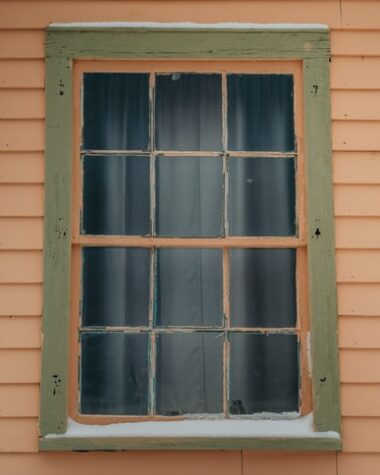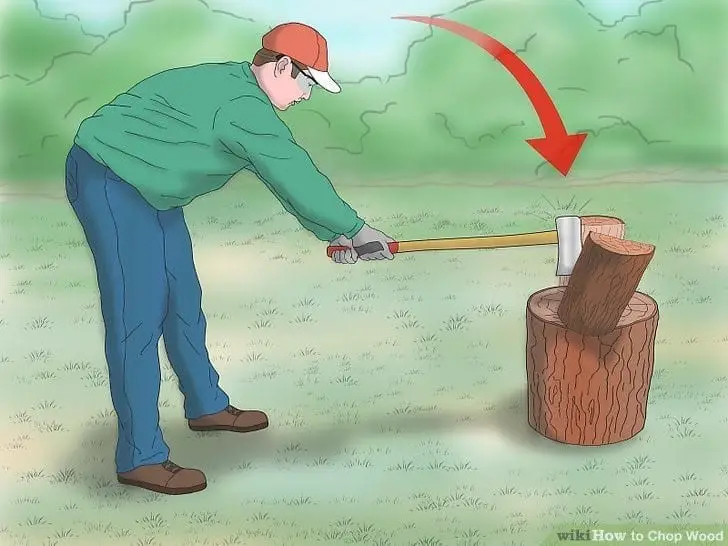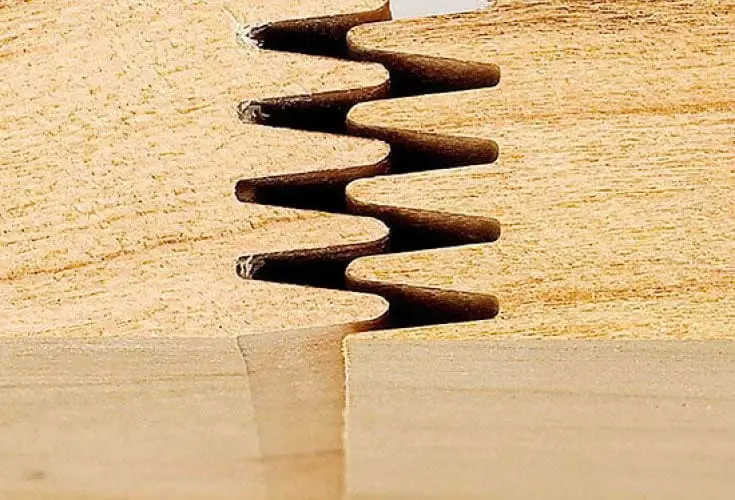Silicone caulk is used to repair holes, gaps, scratches, gouges and scores in wood. It is known as one of the most effective because silicone seals well and can be easily used. Using silicone caulking could be one of the most important steps in preparing wood before it is painted or varnished.
But how do you remove silicone caulking to refinish wood? if you need to remove caulking, especially silicone caulk on wood to refinish it then this guide is for you.
Using silicone caulking could be one of the most important steps in preparing wood before it is painted or varnished. But how do you remove silicone caulking to refinish wood?
If you need to remove caulking, especially silicone caulk on wood to refinish it then this guide is for you.
Silicone caulk removal techniques
Silicone caulks are known as one of the most stubborn to remove. The only way to do it is to use chemicals. Unlike acrylic and non-acrylic caulks this type needs special techniques just for the top part of the caulk to come off the wood. Be sure to follow the following steps closely to get the best results.
Things you will need
- Mineral water
- Chemical solvents
- Absorbent materials (molding plaster, untreated white flour, white tissue, white paper towels, powdered chalk, talc, fullers earth, or laundry whiting).
- Acetone-based cleaner
- Masking tape
- Scraper
- Cotton ball or swab
Instructions
1) Prepare the area to be treated

Source: https://www.diynetwork.com/how-to/maintenance-and-repair/cleaning/how-to-clean-walls
Use mineral water to rinse the area where the silicone caulking is located. This is done before applying any chemical solvent because mineral water or distilled water will be able to remove residue and dirt on top of the caulking. Dry the area to be treated. Use a clean and dry towel to pat the area dry.
Moisten the caulking with a chemical solvent. There are a variety of chemical solvents for silicone caulking. Only heavy solvents will work on silicone caulk stains. Acrylic and non-acrylic caulks are easy to remove and may just be lifted from wood using only water and manual scraping. Just some of the most common and effective chemicals include Methylene Chloride, Dichloromethane, Methylene Bichloride, and Methylene Dichloride.
You need to mix the solvent with a white absorbent material to form a thick paste. Just some of the most common white absorbent material are molding plaster, white paper towels, powdered chalk, untreated white flour, white tissue, talc, fullers earth or laundry whiting.
2) Apply the chemical paste
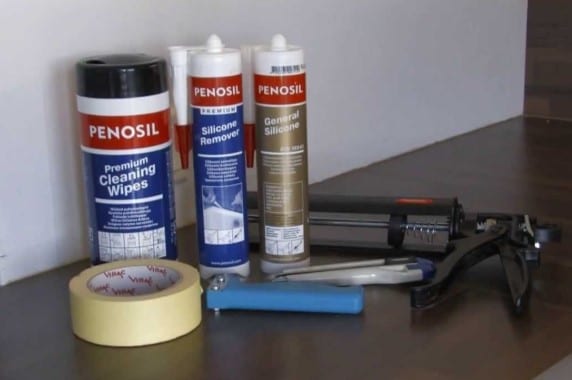
Apply the chemical paste to the stain using a plastic or wooden spatula or applicator. Apply using a layering technique and make sure that the paste is at least 1/4 inch thick or less. This should cover the caulking and should extend past the edges as well. Make sure that this is free of any air pockets.
Allow the chemical paste to set for at least 48 hours. Cover with plastic sheeting and then seal the edges with masking tape. Follow the instructions provided by the manufacturer on the solvent label.
Dampen the area with mineral water. This softens the hardened paste and would be enough to lift it off the wood.
Use a scraper and remove the dried paste and caulk. Be careful not to scratch the surface of the wood near the caulking.
After the caulk has been removed, rinse the area with mineral water to remove any residue. Pat the area dry with clean paper towels.
You may have to apply this multiple times before all the caulk is removed completely but you need to dry the surface first before applying chemical removers.
3) Removing caulk stains from cloth
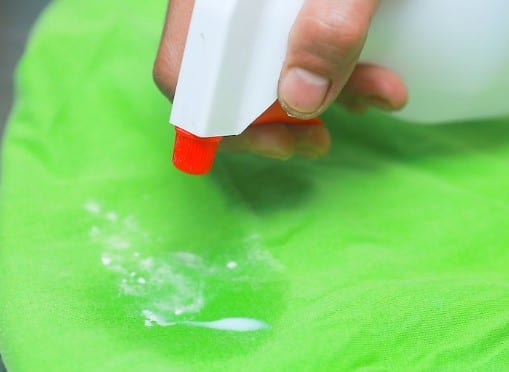
Source: https://www.wikihow.com/Remove-Caulking-Stains-from-Clothes
Gently rub at the stain with a damp cloth. Use a slight upward motion to help the caulk come off the material rather than pushing it in by rubbing vigorously. Use warm water instead of cold water because warm water will make the silicone caulk softer.
You may also freeze the material. This can help remove the material especially when it has accidentally stained your clothes or skin.
Scrape or peel the hardened caulk. You can use a scraper or a chisel. Once a section of the caulk has been lifted, it can become easier to simply lift the entire caulk by hand. r fingers.
Use an acetone-based cleaner for any remaining caulk. Apply a small amount of an acetone-based cleaner product to the stain before dabbing it out. Apply the cleaner to the fabric using a cotton ball or swab. Allow the cleaner to remain on the area for a minute or according to the instructions of the manufacturer.
Wash your clothing as soon as the caulking has been removed. Use regular detergent soap to wash your clothes.
Conclusion
Removing silicone caulking on wood and on clothes could be trickier compared to removing other types of caulk. You need to use chemical removers to do so, therefore, you need to be very careful and remember safety should be your utmost priority when working with chemical removers and cleaners for any project.



